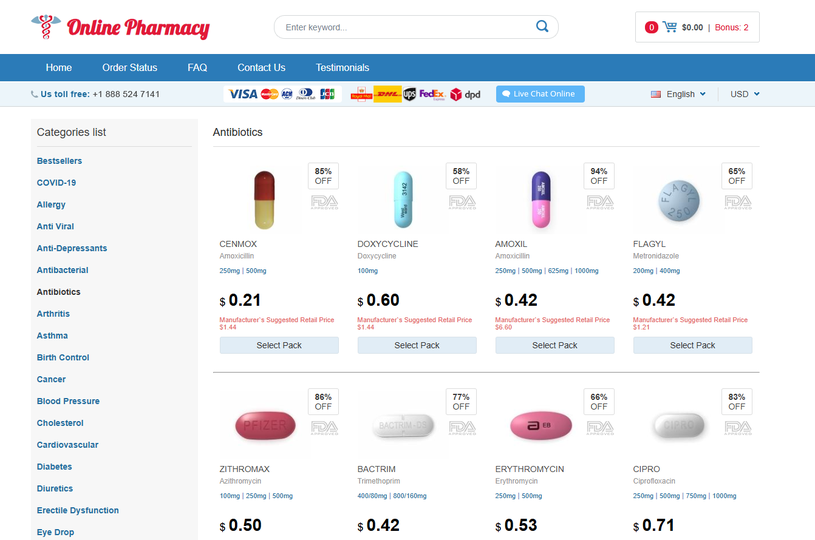To Lasix For Sale Visit Our Pharmacy ↓

Preemptive Strategies to Mitigate Lasix Side Effects
Its causes are multifactorial, ranging from genetic predispositions to lifestyle choices such as diet and physical inactivity. This process is highly individualized, taking into account factors such as the severity of heart failure, kidney function, and the presence of other medical conditions. It is often prescribed to individuals suffering from heart failure, liver scarring, or kidney diseases, conditions that lead to severe fluid buildup. Some sports organizations have banned the use of Lasix due to its potential to mask other prohibited substances. For some patients, the Comp of other meds might also be necessary to offset these imbalances. How Lasix Works: The Science Behind the Pill Lasix works by targeting the kidneys and preventing the reabsorption of sodium and chloride, which are two essential electrolytes in the body. Patients can also expect to engage in lifestyle modifications to support their treatment plan, such as dietary changes, exercise, and fluid management.
Navigating Lasix Treatment: Tips for Optimal Health
Dehydration from Lasix is not just a minor inconvenience; it can be severe, affecting various bodily functions and leading to symptoms such as dizziness, dry mouth, thirst, weakness, lethargy, and confusion. Electrolyte imbalances can manifest through a variety of symptoms, reflecting the crucial roles these minerals play in bodily functions. Lasix, commonly known by its generic name furosemide, is a diuretic medication that was first synthesized in 1962 by scientists at the pharmaceutical company Hoechst AG. These compelling narratives highlight the transformational "elixir" that Lasix can be for heart failure patients. Possible Side Effects of Lasix: Lasix is a diuretic medication that can provide benefits for those suffering from heart failure. Patients may experience an upset stomach, sudden urges to vomit, or loose, watery bowel movements. Additionally, Lasix can help control blood pressure by reducing the amount of sodium reabsorbed by the kidneys, resulting in lower blood volume and pressure.
Legal and Ethical Issues
It��s like giving your body a much-needed flush, helping it acomplish a balanced state by ridding itself of excess fluids that may otherwise pose health risks. Understanding the purpose and benefits of Lasix is crucial for those who are prescribed this medication or are considering taking it. Typically, physicians start with a low dose, gradually increasing it based on the patient's response and tolerance. It is essential for athletes using Lasix to closely monitor their fluid intake and electrolyte levels to minimize these risks and side effects. This can be particularly advantageous in sports such as wrestling, boxing, and horse racing where participants are required to weigh in before competitions.Moreover, Lasix can also help athletes with medical conditions such as hypertension or congestive heart failure to maintain their performance levels. The alteration in electrolyte levels due to Lasix administration requires careful monitoring. It is essential to take Lasix as prescribed and not exceed the recommended dosage, as this can result in adverse side effects.
Short-term Benefits of Lasix for Kidney Health
However, taking too much Lasix can result in serious side effects such as dehydration, electrolyte imbalance, and low blood pressure. Lasix, a powerful diuretic, plays a significant role in managing fluid retention and swelling in conditions involving the heart, liver, or kidneys. The drug is highly effective in managing symptoms of fluid overload, making it a cornerstone in the medical management of congestive heart failure and edema. This can help reduce symptoms of heart failure and improve a patient's quality of life. However, its mechanism of increasing urine production to expel excess water and salt from the body demands careful monitoring of kidney function. It’s crucial for patients to report any hearing discrepancies as early as possible to avoid long-term damage, emphasizing the importance of listening to and understanding the signals their bodies may be sending. Your doctor will evaluate your medical history, current medications, and overall health to determine if Lasix is appropriate for your condition.
Mechanism of Action: How Lasix Combats Edema
Moreover, some patients may experience more severe reactions such as allergic reactions, hearing impairment, or gastro-intestinal disturbances like nausea and vomiting. Some common side effects of Lasix include frequent urination, dehydration, and electrolyte imbalances. Lasix, known medically as furosemide, is a potent diuretic frequently used to manage edema. By triggering the kidneys to expel excess sodium and water through urine, Lasix helps reduce the buildup of fluids in tissues. Lasix, generically known as furosemide, has transcended its theoretical foundations to become a cornerstone in the treatment of various conditions in clinical practice. Lasix is a diuretic medication that works by increasing urine production, reducing extra fluid in the body that can lead to high blood pressure. Lasix is a diuretic medication used to treat a variety of medical conditions.
How Lasix Works: Understanding the Science
These symptoms persistently push individuals to seek script interventions, hoping to reclaim normalcy. Lasix works by blocking the absorption of salt and water in the kidneys, which increases urinary output and reduces fluid retention. Individuals taking Lasix may experience fluctuations in their blood pressure, which can lead to an increased strain on the heart. Lasix is a commonly used diuretic medication that helps remove excess fluid from the body. As a result, the workload on the heart is reduced, and symptoms improve. Specifically, it inhibits sodium and chloride reabsorption in the loop of Henle, a critical structure within the kidneys. This regulation helps maintain blood volume and pressure, while also facilitating the transport of nutrients into cells and waste products out of them.
Potential Risks and Side Effects of Lasix
This diuretic helps kidneys expel excess salt and water, significantly reducing swelling in tissues. Patients should be aware of the potential for changing needs over time with Lasix treatment. Understanding how Lasix works is crucial in comprehending its benefits and limitations. Equally important is gradual initiation and titration under medical supervision, carefully increasing the dose to find the minimal effective dose that achieves the desired therapeutic effect while minimizing adverse side effects. Lasix, a well-known diuretic, plays a critical role in managing conditions like hypertension. Additionally, Lasix may interact with other medications, so it's essential to inform your doctor of all medications and supplements you take before starting Lasix. It is essential to speak with a healthcare provider to discuss the pros and cons of taking Lasix based on individual needs and medical history.
Medical Conditions Treated with Lasix
For those battling edema, Lasix offers substantial relief by efficiently promoting fluid removal from the body. Understanding the pharmacology of Lasix also involves recognizing its impact on other physiological processes. Lasix, a diuretic medication, is one such option that can be used to treat high blood pressure by reducing the amount of fluid in the body and decreasing the workload on the heart. By increasing the delivery of sodium to the distal renal tubule, Lasix induces the release of renin, which in turn can modify blood pressure and fluid balance. This reduction in fluid overload not only improves symptoms such as shortness of breath and swelling but also enhances the overall quality of life for those affected. Benefits of using Lassix are numerous in the sports industry. By increasing urine production, Lasix can help athletes reach their desired weight class or meet weight requirements for specific events.
Mitigating the Side Effects: Strategies for Patients
Lasix, as a diuretic, can lead to significant shifts in sodium, potassium, and chloride, potentially causing dehydration and imbalance. By understanding the long-term nature of Lasix therapy, patients can better anticipate the adjustments needed and collaborate closely with their healthcare team to maintain their health and quality of life. The dehydration risk associated with Lasix necessitates a cautious balance of fluid management. The introduction of Lasix into medical practice transformed the approach to managing fluid overload conditions. Lasix, also known as furosemide, is a powerful diuretic medication used in the management of various medical conditions. This mechanism leads to increased urine production and a subsequent reduction in fluid volume within the tissues and blood vessels. Imagine it like a finely tuned elixir, the compound jets through the body, compelling the kidneys to "Count and Pour" out the extra fluid stat.
Gastrointestinal Issues: Nausea, Vomiting, and Diarrhea
This involves consuming sufficient amounts of water throughout the day, yet being mindful not to overdo it, as excessive water intake can also lead to adverse effects. While Lasix works quickly to reduce fluid overload by increasing urine output—akin to an 'IV Push' for eliminating excess fluids—ACE inhibitors and beta-blockers target the heart and blood vessels to improve function and reduce strain over time. Overall, Lasix is considered to be an effective treatment option for high blood pressure when used under the guidance of a healthcare professional. Firstly, it helps to reduce the amount of excess fluid that accumulates in the body, a common occurrence in people with heart failure. Moreover, its role in improving cardiac efficiency highlights its indispensable value in the therapeutic arsenal against heart failure. Understanding how Lasix works is crucial for individuals using this medication, and this article will delve into the science behind it. This titration method helps in identifying the minimum effective dose that provides maximum benefit without causing undue adverse effects.
